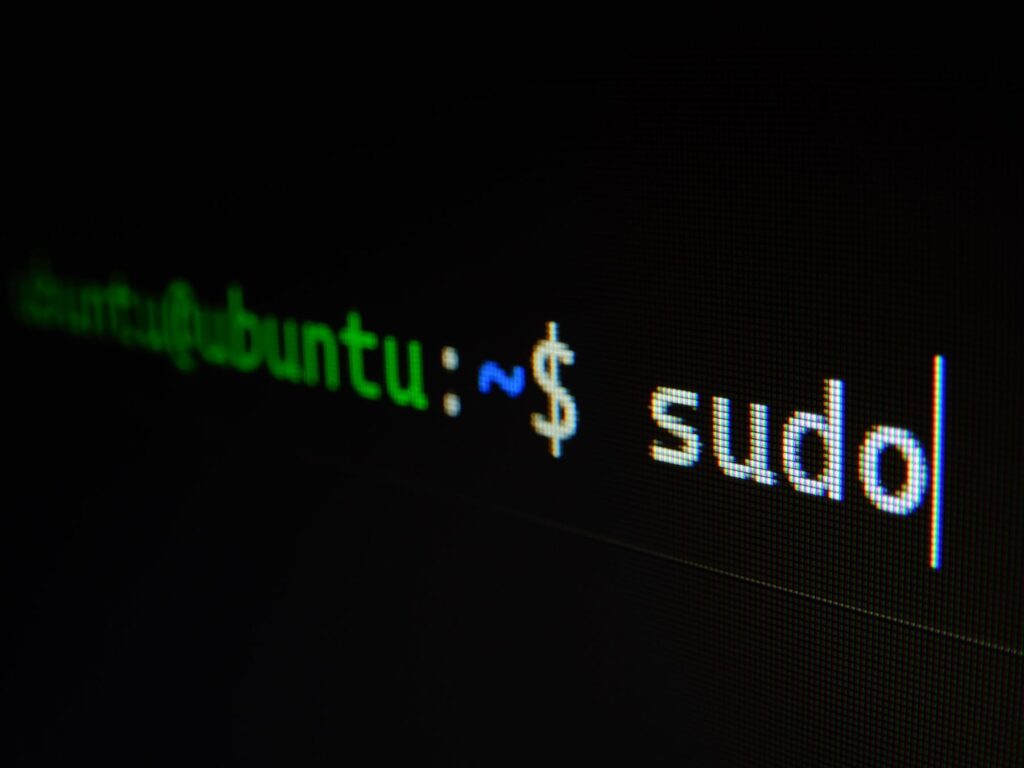Direct root access over SSH is disabled by default in most modern Linux distributions. This restriction isn’t arbitrary—it follows best security practices. However, there are legitimate scenarios where enabling root login can be practical: automation, isolated environments, system recovery, or local infrastructure tasks.
This article walks you through how to enable root SSH login in Ubuntu, Debian, and CentOS, outlining the differences and offering key security recommendations.
Why Is Root SSH Access Disabled?
The root user has full control of the system. Allowing direct remote access via SSH increases the risk of:
- Automated brute-force attacks
- Immediate privilege escalation if compromised
- Lack of traceability (no individual user tracking)
Best practice is to disable direct root login and use sudo with regular users. If you choose to enable it, proceed with caution.
Ubuntu and Debian: Enable Root SSH Access
Ubuntu and Debian are very similar in structure, so the steps are nearly identical.
Step 1: Enable the Root Account (Ubuntu only)
Ubuntu doesn’t activate the root account by default (no password is set).
sudo passwd rootThis assigns a password to the root user.
On Debian, this step may be unnecessary if you set a root password during installation.
Step 2: Configure the SSH Daemon
Edit the SSH configuration file:
sudo nano /etc/ssh/sshd_configFind and modify or add the following lines:
PermitRootLogin yes
PasswordAuthentication yesFor more secure key-based access:
PermitRootLogin prohibit-password
PasswordAuthentication no
Save and restart the SSH service:
sudo systemctl restart sshYou can now log in with:
ssh root@your-server-ipCode language: CSS (css)CentOS / AlmaLinux / RHEL: Slightly Different Process
CentOS (7/8) and derivatives like AlmaLinux or Rocky Linux typically have the root account enabled, but SSH access may still be restricted.
Step 1: Ensure Root Has a Password
As root or via sudo:
passwd rootStep 2: Update SSH Settings
Edit /etc/ssh/sshd_config:
PermitRootLogin yes
PasswordAuthentication yesRestart the SSH service:
sudo systemctl restart sshd(Optional) Use SSH Keys for Enhanced Security
Using SSH keys is safer than passwords. To set it up:
- Generate a key pair on your local machine:
ssh-keygen -t rsa -b 4096 - Copy the public key to your server:
ssh-copy-id root@your-server-ip - Confirm that
/root/.ssh/authorized_keyscontains your key. - Edit
/etc/ssh/sshd_config:PermitRootLogin prohibit-password PasswordAuthentication no
Security Recommendations
If you enable root SSH access, mitigate risks:
- Limit access by IP: Use
iptables,firewalld, or cloud firewall rules to restrict incoming connections. - Change the default SSH port (22) to something less obvious.
- Install Fail2ban to block repeated brute-force attempts:
sudo apt install fail2ban # Ubuntu/Debian sudo yum install fail2ban # CentOS - Disable root login once critical tasks are complete.
Final Thoughts
Enabling SSH root login is a powerful but risky option. Ubuntu, Debian, and CentOS support it with similar steps, but it’s best used in temporary or secured contexts. For general usage, stick with sudo, SSH keys, and audit logs.
Tools like logwatch, journalctl, or centralized logging systems can help monitor access and reinforce accountability.

